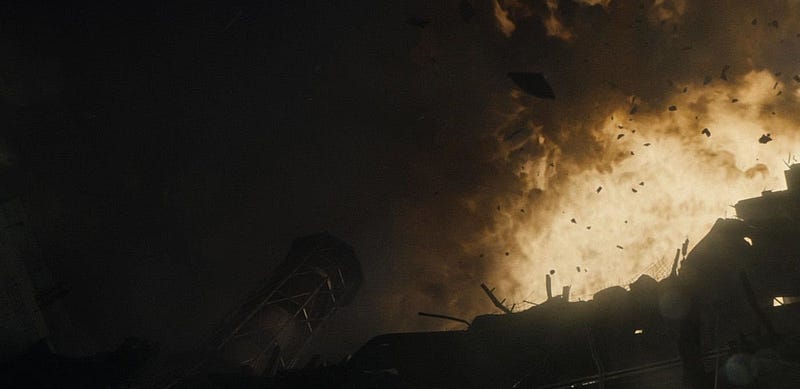‘Chernobyl’: A 5-Year Reflection on 20,000 Years Worth of Consequences
The 2019 mini-series that helped cement the horrible legacy of the 1986 nuclear meltdown
In many regards, Chernobyl is more of a documentary than a TV show. Retelling the harrowing events of the 1986 nuclear meltdown with a rare faithfulness to detail, it’s a story that demands no hyperbole to keep an audience on the edge of their seats. The ground zero that the show brings hypnotically to life is one that’s expected to remain contaminat…
Keep reading with a 7-day free trial
Subscribe to The Gen Z Report to keep reading this post and get 7 days of free access to the full post archives.


